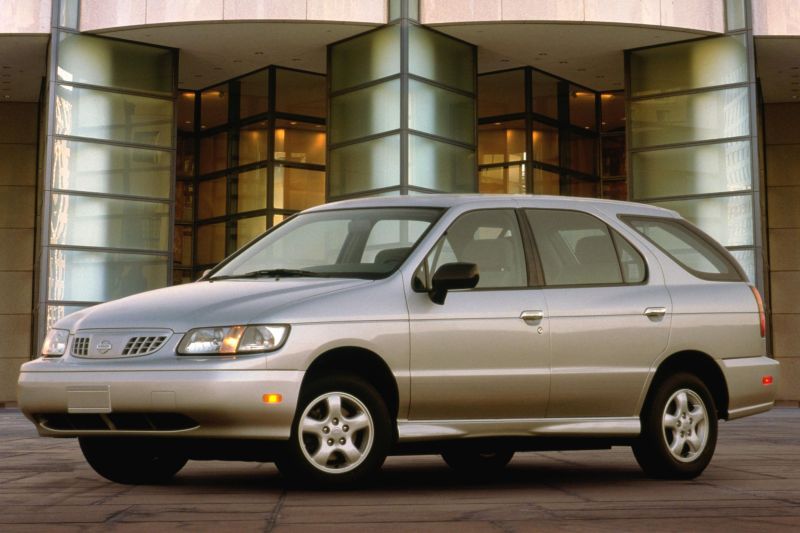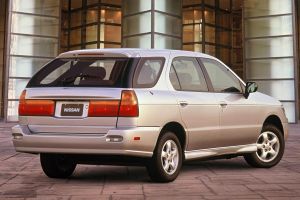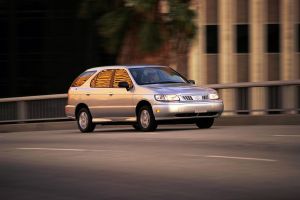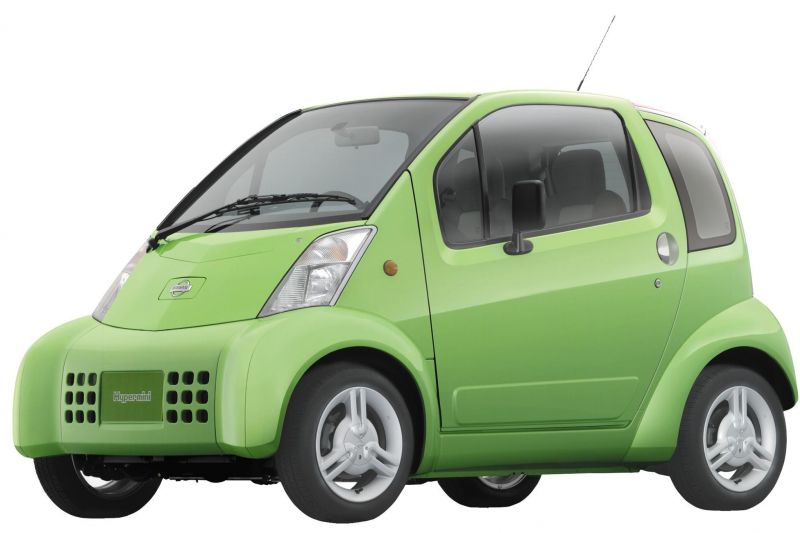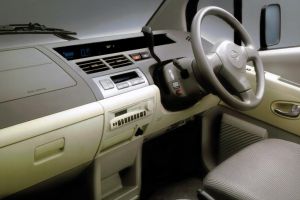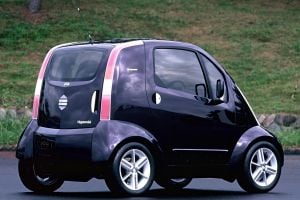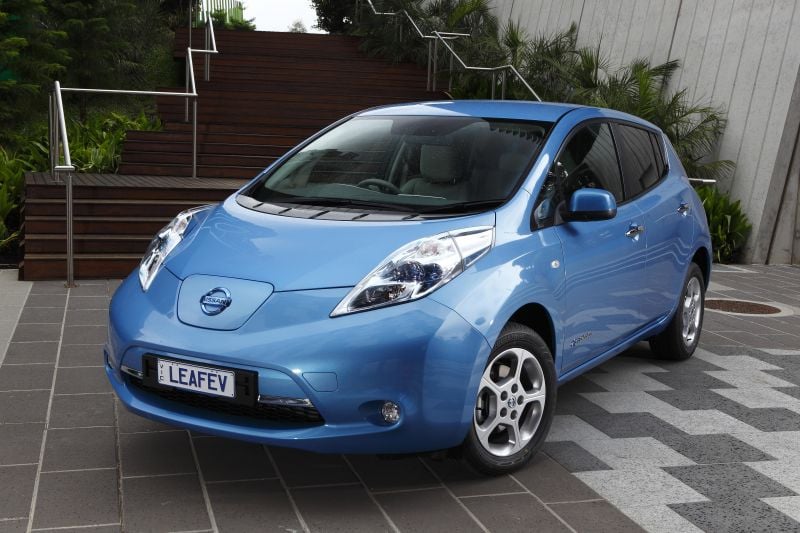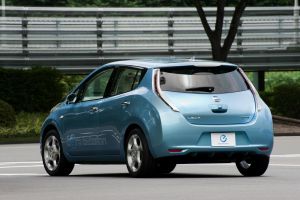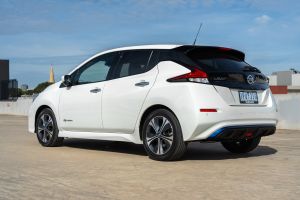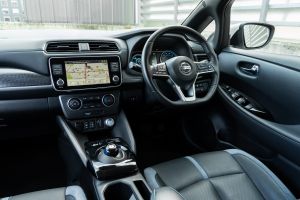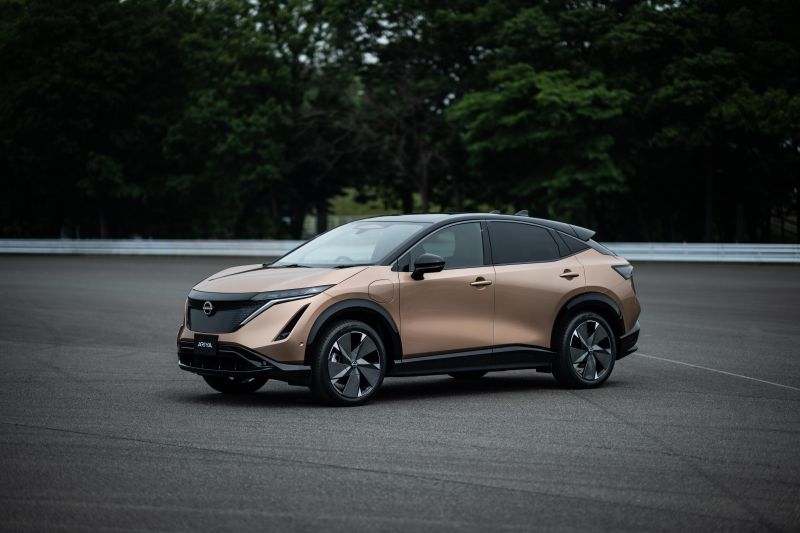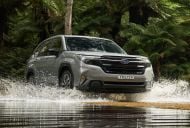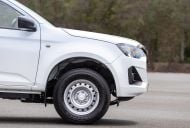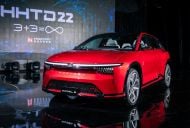Think electric and Nissan, and invariably the Leaf springs to mind.
Nissan was one of very few carmakers to dive headfirst into electric vehicles before they became cool, and is finally adding a second model to its range with the new Ariya crossover.
The Yokohama company’s history with electric cars goes a little bit further back than the first Leaf, though.
1998-2002 Nissan Altra
The Altra was an export-only electric version of the R’nessa tall wagon sold in Japan and parts of Asia.
In place of regular selection of four-cylinder engines the Altra had a 62kW electric motor.
The Altra can lay claim to being the first production vehicle with lithium-ion battery, because under the car’s floor was a pack made by Sony. Fully charged, the Altra had a claimed city driving range of around 190 kilometres.
The Altra could be recharged in five hours using a 200V paddle induction charger. Top speed was a modest 120km/h.
Only around 200 Altras were made, and most were used by electric utilities.
1999-2001 Nissan Hypermini
Based on the 1997 concept, the Hypermini went into limited production in September 1999. As its name suggests, the Hypermini was small — just under 2.7 metres from bumper to bumper.
Powered by 24kW/130Nm motor, the pint-sized EV had a top speed of just 100km/h. Like the bigger Altra, the Hypermini used lithium-ion batteries. It had an estimated range of about 115km.
Only 219 were made, with most going into trial fleets across Japan. A few were shipped to the States where they ended up on the University of California, Davis campus, and with the city of Sacramento.
2010-2017 Nissan Leaf (first generation)
It took nearly a decade before Nissan jumped back into the EV arena. Going into production in 2010, the Leaf was the world’s first mass-production electric vehicle, beating the more expensive Tesla Model S by around two years.
Under the bonnet of the bulbous hatchback was an electric motor with 80kW and 280Nm driving the front wheels.
Originally fitted with a 24kWh lithium-ion battery pack, the Leaf had a range of around 120km according to the US EPA. Later models sold overseas could be bought with a larger 30kWh battery good for around 170km of driving.
The battery pack was passively cooled, which lead to higher levels of degradation in certain climates and use cases.
Around 300,000 copies of the original Leaf were sold around the world with the bulk heading to homes in the US and Japan, although a high proportion were shipped to Norway, which had tax, toll and registration incentives for electric cars.
Only 997 first-generation Leafs ended up in Australia.
2017-now Nissan Leaf (second generation)
After several years away from the Australian market, the Leaf finally returned to showrooms Down Under in 2019, a few years after the debut of the second-generation model.
To go along with the sharper styling, the second-generation Leaf was fitted with a more powerful 110kW/320Nm motor.
There’s also a larger 40kWh battery, which according to the US EPA is sufficient for about 240km between charges.
In 2019, Nissan added a Plus model in some overseas markets with a zestier 150kW motor, and a 62kWh battery with a range of up to 364km in official US testing.
Although the Leaf held the title of world’s best-selling electric car for many years, it was overtaken in 2019 by the Tesla Model 3.
2021 Nissan Ariya
Launched this week, the Ariya has styling cribbed straight from 2019 concept car.
Base models have a 160kW/300Nm motor driving the front wheels and a 60kWh good for a driving range of around 450km under Japan’s generous testing cycle.
Top-shelf versions have a dual-motor all-wheel drive setup making a total 290kW and 560Nm, and a 90kWh battery for a claimed 580km range.
With a more upmarket interior and advanced driver assistance features, the Ariya is aiming at a higher part of the market, and will invariably be compared to the Ford Mustang Mach-E and Tesla Model Y.
The Ariya will go on sale in Japan, Europe and North America by the end of 2021.





